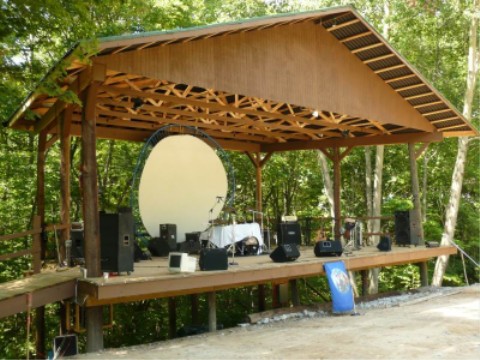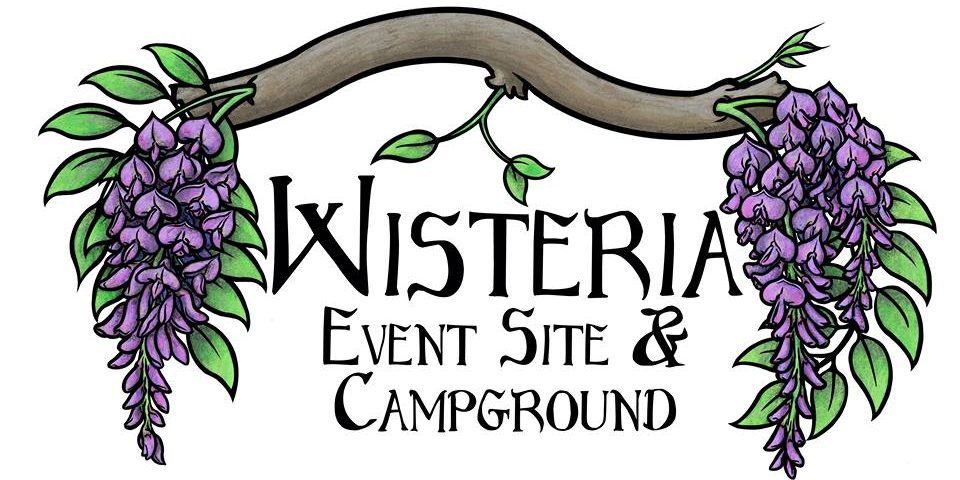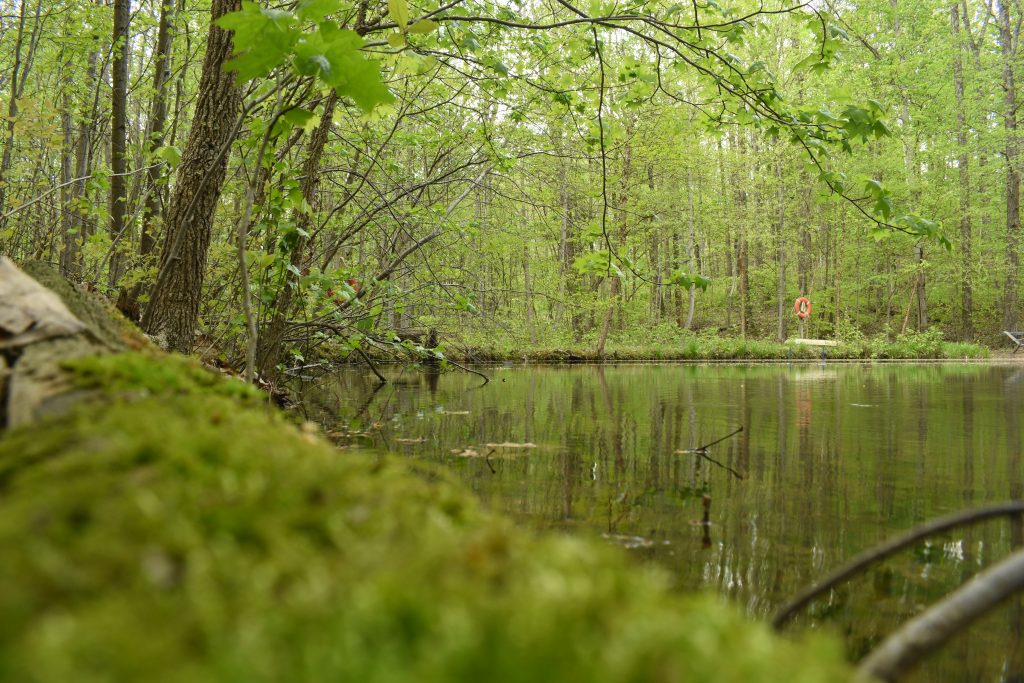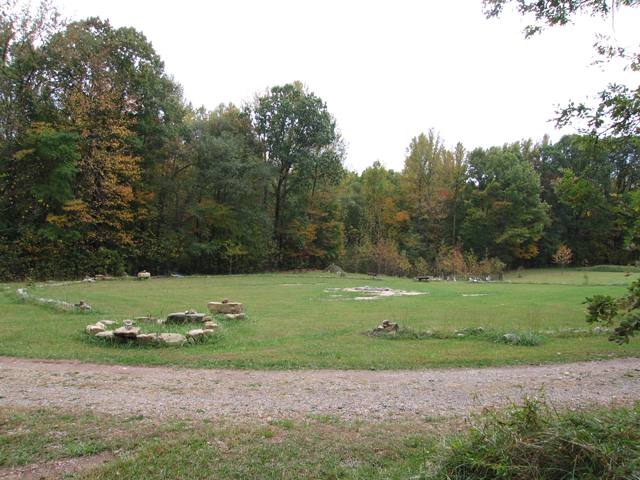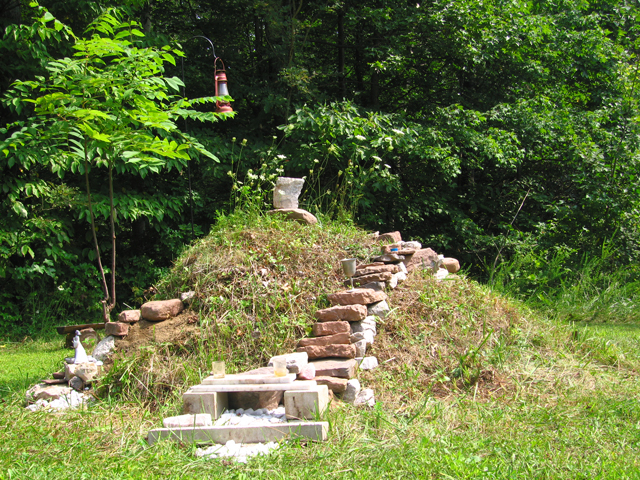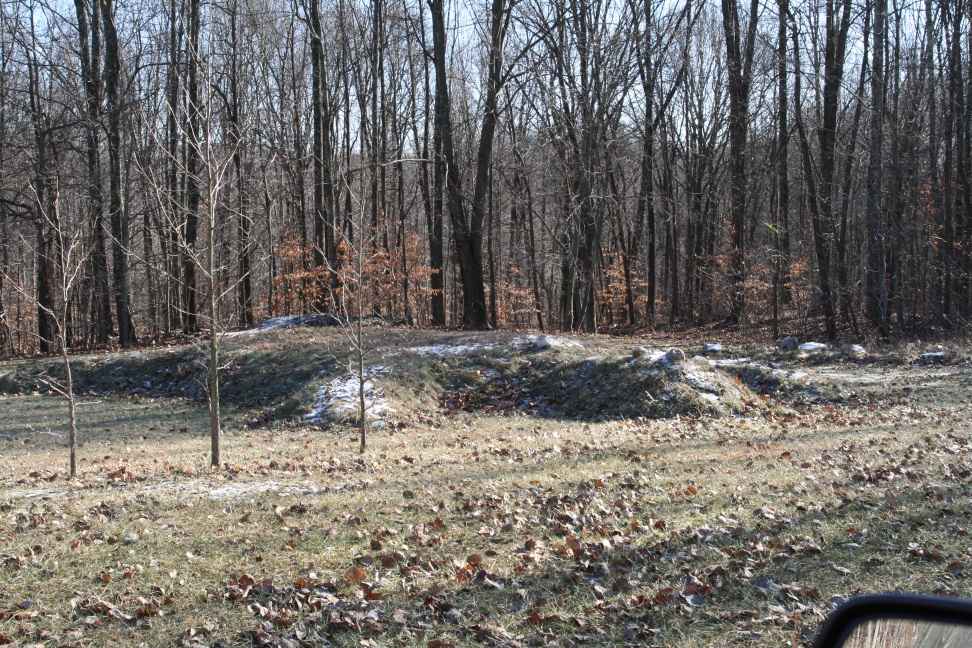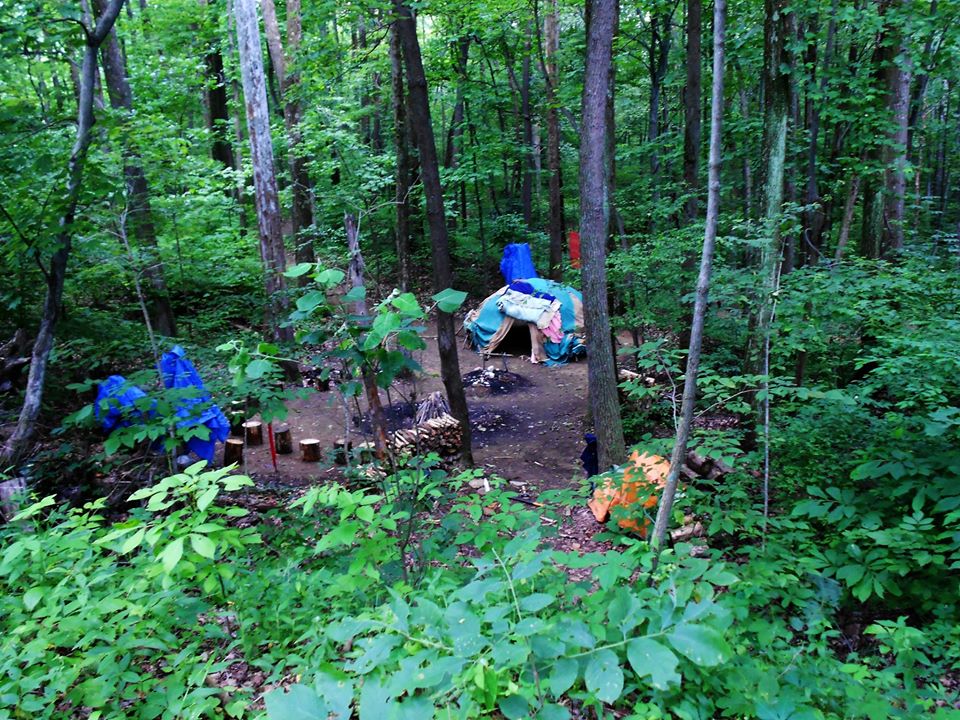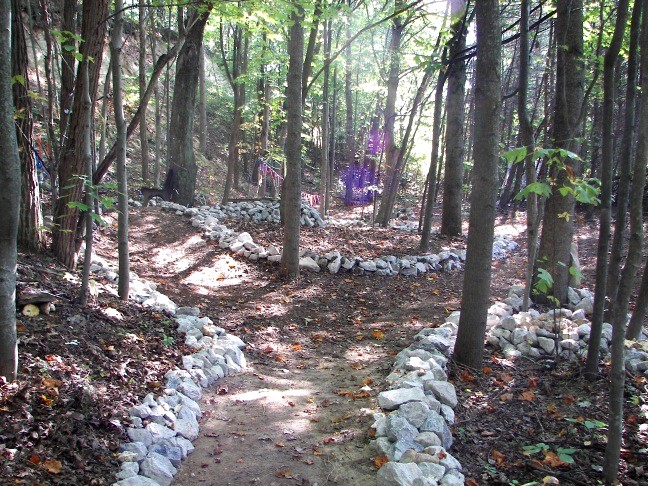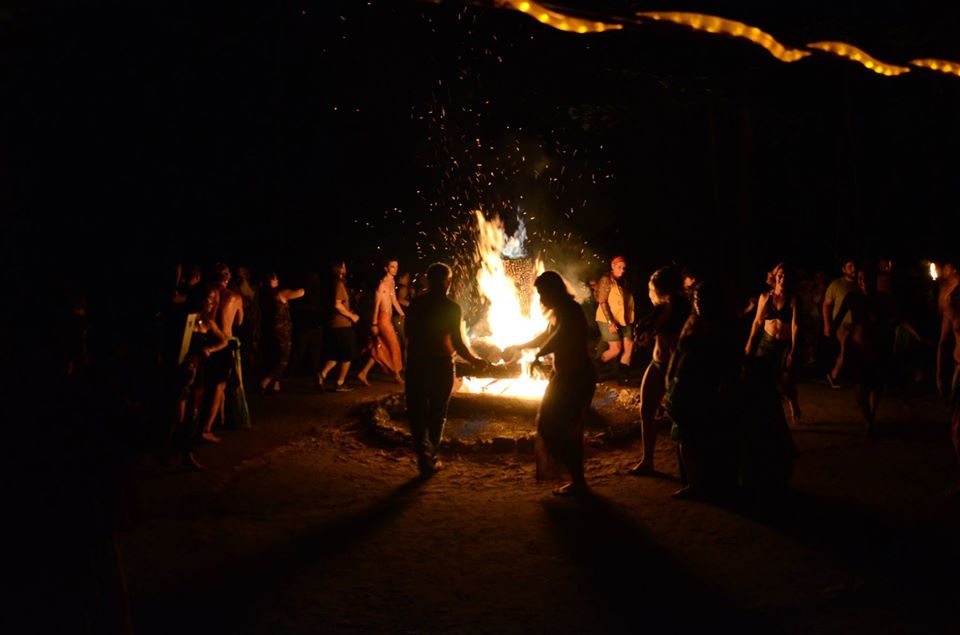Campground and Event Site
The Campground is 80 acres of meadows and woodlands nestled into the foothills of the Appalachian mountains. In addition to the natural beauty, this 620 acre sanctuary offers many wonderful amenities. The main stage is a covered performance area and amphitheater with a fully equipped sound booth and lighting. A centrally-located pavilion has a full commercial kitchen and coffee house, stage, snack bar, and seating for hundreds. There are numerous unique forest spaces and sacred sites for workshops, gatherings, and celebrations. Some of our facilities include potable water spigots throughout the campground, hot showers, internet service, trash and recycling.
